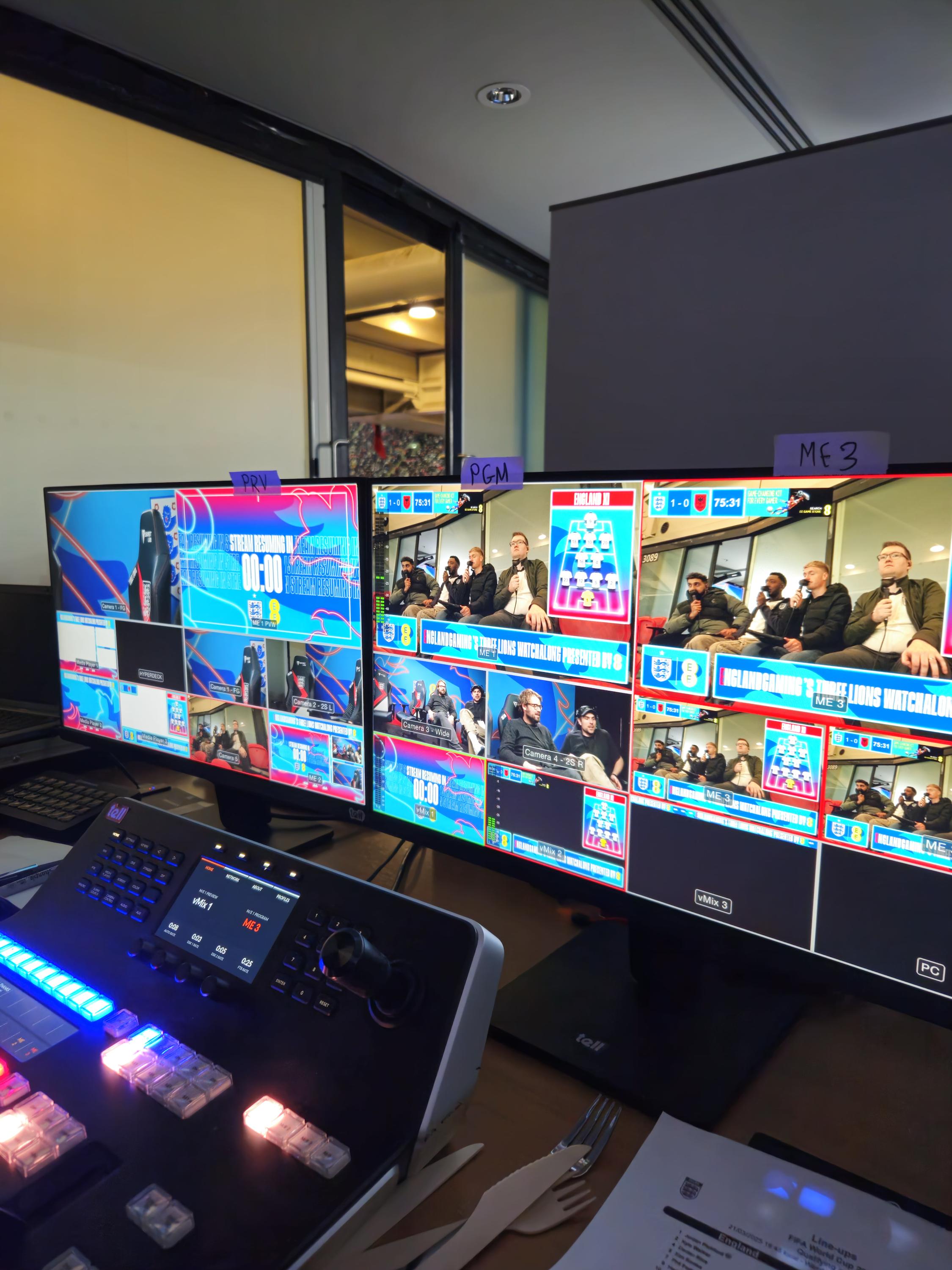The impact of high-tech innovations on sports broadcast production

From drones flying over stadiums to augmented reality graphics that bring stats to life, innovation continues to push the boundaries of what’s possible in sports broadcast production. In this post, we explore some of the most exciting technological advances that are reshaping the industry.
1. Virtual and Augmented Reality
Virtual reality (VR) and augmented reality (AR) are game-changers in sports broadcasting. VR allows fans to experience games from the comfort of their homes as though they’re sitting in the stadium, giving them a 360-degree view of the action. AR, on the other hand, overlays digital elements, such as player stats or real-time score updates, onto the live broadcast.
The National Football League (NFL) and the English Premier League (EPL) have already experimented with AR and VR broadcasts, offering fans immersive experiences that take them inside the game.
2. Drones and Aerial Shots
Drones have become a staple in sports broadcasting, offering unique and breathtaking aerial shots that were once impossible to capture. Drone cameras can fly over stadiums, following the action from a high vantage point while providing stunning shots of the venue. These aerial shots add a cinematic feel to broadcasts and help fans appreciate the scale of the event.
3. 4K and 8K Resolution
In today’s broadcast industry, clarity and resolution are paramount. The introduction of 4K and 8K resolution cameras has raised the bar for sports broadcasting, offering ultra-crisp visuals that enhance the viewing experience. Sports fans can now see every detail of the game with remarkable precision, whether it’s the spin on a tennis ball or the facial expressions of athletes.
4. AI-Powered Analysis and Highlight Creation
Artificial intelligence (AI) is transforming the way highlights are created and analyzed in sports broadcasts. AI tools can instantly analyze key moments of a game, identify interesting or significant plays, and even automatically generate highlight reels. This technology is helping to streamline production, allowing broadcasters to deliver highlight packages in real-time, ensuring that fans never miss a key moment.
5. Real-Time Data and Interactive Graphics
In the world of sports broadcasting, real-time data is king. Broadcasters use data to provide instant stats, player performance metrics, and even predictive analytics that enhance the fan experience. Interactive graphics have also become a key part of sports broadcasts, allowing viewers to dive deeper into game statistics, player performance, and tactical analysis with the touch of a button.
Wrap-Up..
As technology continues to evolve, sports broadcasting will only get more exciting. Virtual reality, drones, AI, and interactive data are just the beginning of what’s possible. With these innovations, sports production teams are able to deliver a richer, more engaging experience that brings fans closer to the action than ever before.





